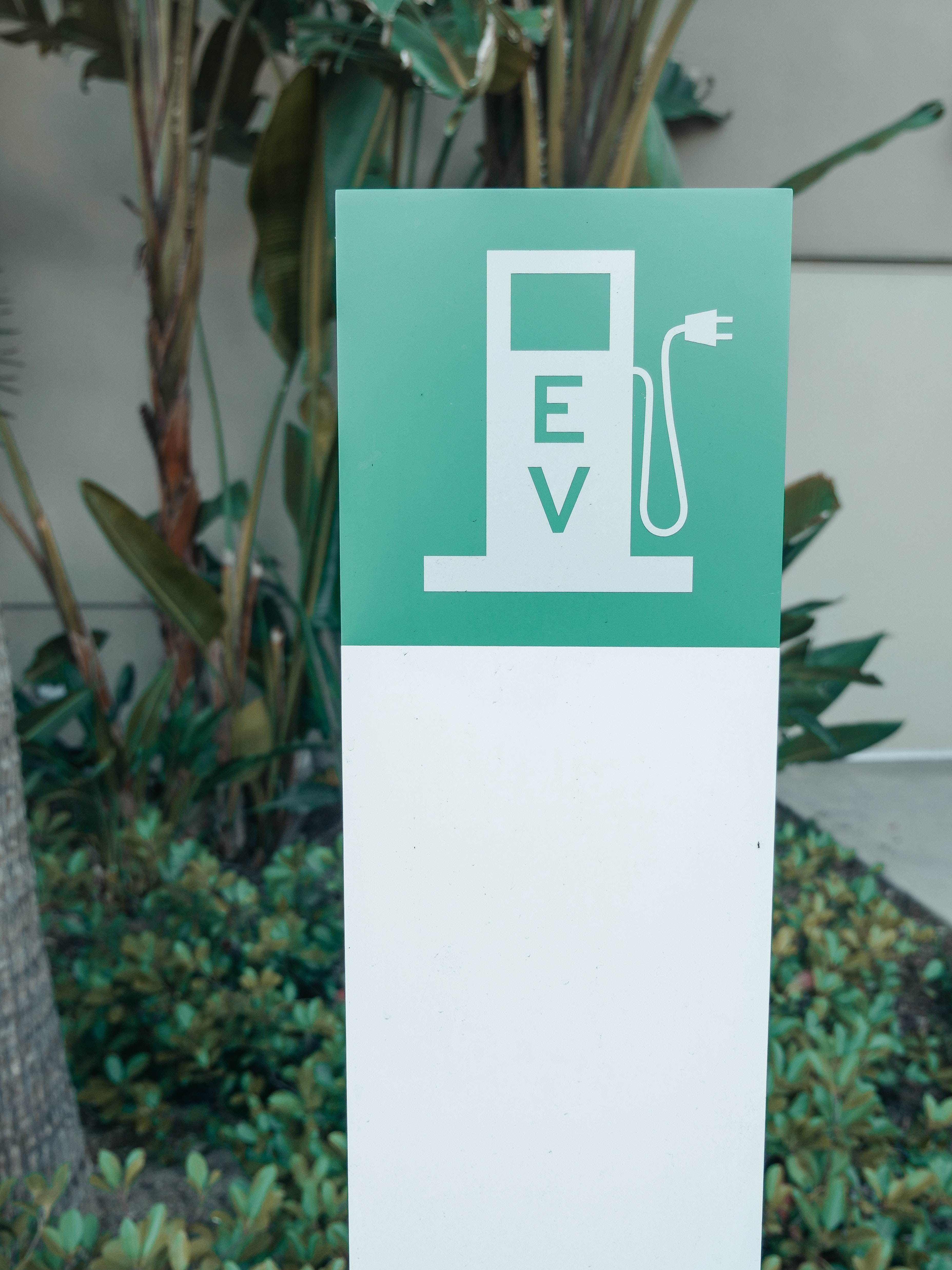The Charging Challenge: Scotland's Ambitious Journey to Green Mobility
In an era where the motor trade is shifting gears towards sustainability, the ongoing car dealer news regarding the electric vehicle infrastructure in Scotland appears rather crucial. Analysis by the Scottish Tories suggests that Scotland might fall significantly behind its climate target of installing 30,000 electric car-charging stations, potentially missing the mark by 12 years.
The situation is reported to be highly challenging due to the apparent slow pace of progress. Between October 2022 and August 2023, merely 169 chargers were added by ChargePlace Scotland, a government-owned network, creating worries amongst the Scottish ministers who have been actively pushing for net-zero targets.

This slow pace, reportedly typical of the SNP/Green government’s track record on environmental targets, is concerning, particularly when juxtaposed with Rishi Sunak’s net-zero targets and the UK government’s announcement delaying the ban on new petrol and diesel cars until 2035. This alteration caused considerable ripples in motor trade news, with first minister Humza Yousaf labelling the delay as ‘unforgivable’, and warning about its possible repercussions on Scotland’s 2045 net zero objective.
Despite these seemingly grim circumstances, the Scottish populace’s switch to electric vehicles is commendable, even though infrastructure, especially in rural Scotland, is yet to catch up. A common-sense approach, mirroring the prime minister’s pragmatic announcements related to net zero, is deeply needed for the Scottish government to align with their climate targets and ensure public cooperation and commitment.

Furthermore, Transport Scotland has highlighted the significant investment made by the Scottish government, £65m since 2011, in developing the ChargePlace Scotland network. The Scottish government has also introduced legislation requiring the installation of charge points in the car parks of new buildings. While the public sector alone cannot sustain the pace and scale of investment required in the public network, the EV Infrastructure Fund aims to harness £60m of public and private investment to elevate the network to 6,000 charge points by 2026.
However, to reach the ambitious target set for 2030, over 4,000 charging points need to be installed annually, a goal seemingly challenging given the current rate of progress. If this pace persists, projections by the Tories suggest the SNP/Green government will fall behind by a substantial 12 years, contrary to Scotland’s aspirations for achieving net zero by 2045.

In light of these developments, the Scottish government’s efforts and investments in greener mobility and enhanced infrastructure are pivotal. The transition to a public charging network largely funded and facilitated by the private sector seems not only ideal but also necessary to foster a greener future and align with the overarching environmental targets.
For a more comprehensive insight into these developments and Scotland’s journey in green mobility, please refer to the original article on cardealermagazine.co.uk.
source http://autoengage.co.uk/home-page-6165/b/the-charging-challenge-scotlands-ambitious-journey-to-green-mobility
Comments
Post a Comment